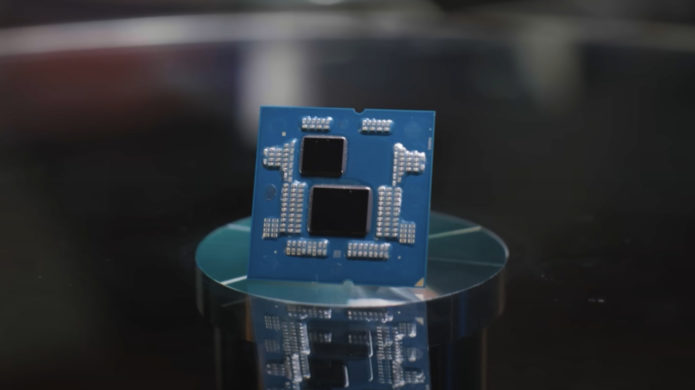AMD recently put the Ryzen 7 9800X3D desktop processor on the shelves, claiming it to be the “ultimate solution for the PC gaming market.” In the gaming community, the X3D class processors have stirred quite some buzz, and over the past couple of years, gaming and benchmark tests have also solidified that reputation.
****
The key here is the AMD 3D V-Cache technology, which appeared in its second-generation avatar in 2024. Take for example the AMD Ryzen 7 9800X3D processor, which features an impressive 96MB of L3 cache. Now, the cache capacity is important for computing but plays a key role for playing games, too.
Technically, it’s a chunk of memory packed with the processor that is shared between the core components. Simply put, it acts like a quick access library for pulling up data that the processor requires frequently, or in a gaming context, refreshing and loading game assets. The more information a CPU can store locally, the less time it has to spend retrieving it from another place.
To that end, the bigger the L3 cache, the higher the amount of data it can store. This is important from a performance perspective when it comes to demanding tasks like gaming, where the speed of data retrieval plays a key role. The benefits, ultimately, would be reduced loading times and an overall smoother gameplay experience at high visual fidelity. On AMD’s X3D processors, L3 cache is what you get plenty of, thanks to the unique 3D V-Cache architecture.
****


